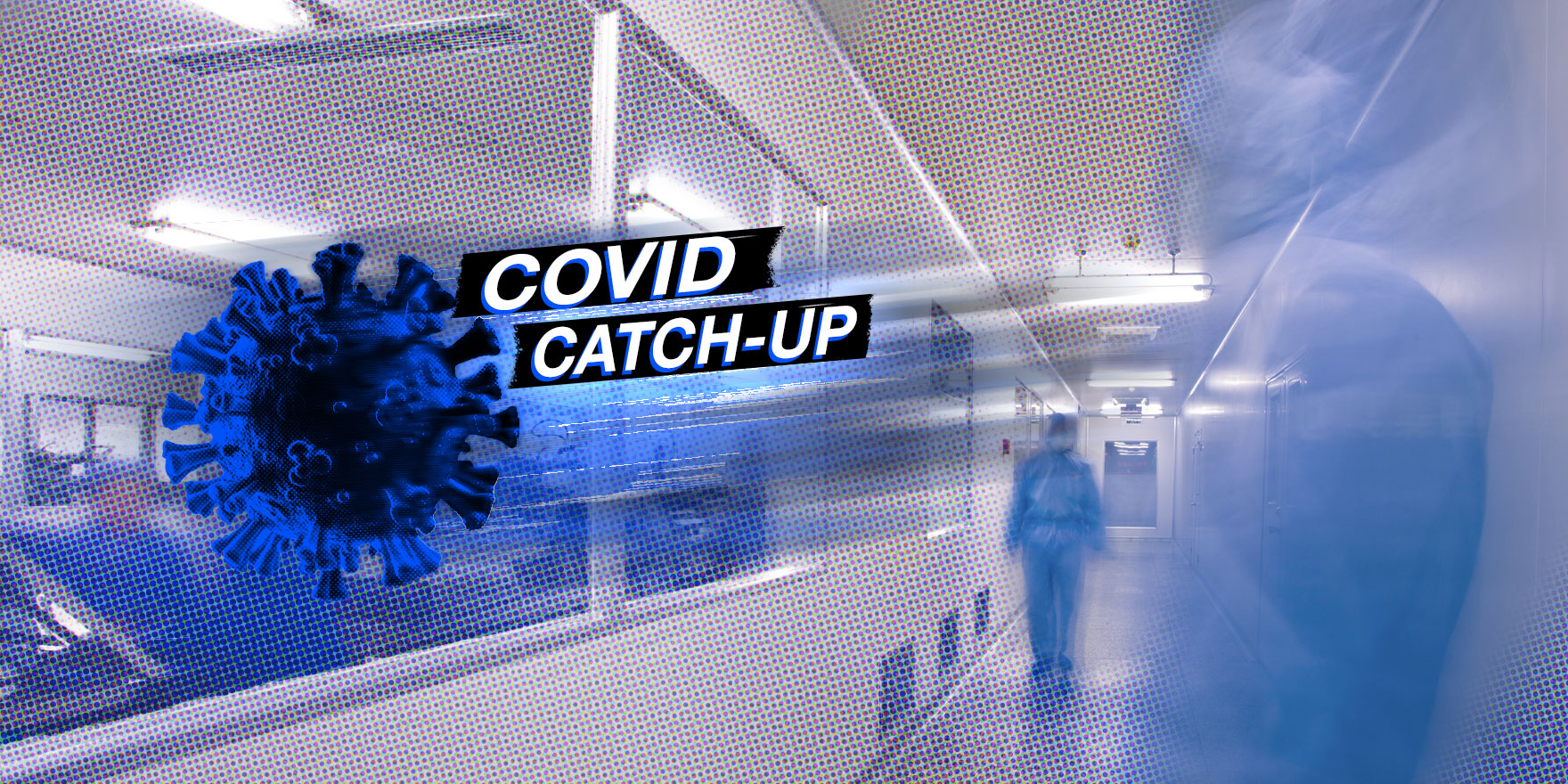Hyperglycaemia is associated with higher mortality rates from COVID-19 independent of diabetes status.
Welcome to The Medical Republic’s COVID Catch-Up.
It’s the day’s COVID-19 news in one convenient post. Email bianca@biancanogrady.com with any tips, comments or feedback.
24 November
- Hyperglycaemia an independent risk factor for all-cause mortality in COVID-19 patients, study finds.
- The Oxford vaccine press-releases results suggesting efficacy of 62%-90%.
- Frequency of COVID-19 testing matters more than sensitivity of the test.
- Latest confirmed COVID-19 infection numbers from around Australia
- Hyperglycaemia is associated with higher mortality rates from COVID-19 independent of diabetes status, according to a study published in the Annals of Medicine.
Researchers analysed data from 11,312 participants in a Spanish registry of hospitalised COVID-19 patients. This revealed that those with an admission blood glucose measurement above 180 mg/dL had a significant 50% greater risk of in-hospital all-cause mortality than those with a blood glucose below 140 mg/dL, after adjusting for other factors including age, hypertension, diabetes, COPD and D-dimer levels.
Higher blood glucose levels at admission were also associated with a slightly longer length of hospital stay, as well as invasive and non-invasive ventilation, and admission to intensive care.
“Hence, admission hyperglycaemia should not be overlooked, but rather detected and appropriately treated to improve the outcomes of COVID-19 patients with and without diabetes,” the authors wrote. - Coming hot on the heels of the Pfizer/BioNTech and Moderna vaccine, the Oxford/AstraZeneca partnership has press-released the first interim analysis from its Phase 3 vaccine trial suggesting an efficacy ranging from 62% to 90% depending on dosing [insert here the usual rant about this not being published or peer-reviewed data].
The Oxford vaccine trial has so far enrolled around 24,000 participants from the UK, Brazil and across Africa and recorded 131 COVID-19 cases.
The vaccine – labelled ChAdOx1 nCoV-19 – consists of a live weakened adenovirus engineered to express the spike protein from SARS-CoV-2. It has the advantage over the Pfizer and Moderna vaccines in that it can be stored at standard fridge temperature.
The preliminary data found that the vaccine was 90% effective if participants were given a half dose then a full dose, and 62% effective if they were given two full doses. None of those who received the vaccine were hospitalised or experienced severe COVID-19, and there weren’t any significant safety concerns with the vaccine.
Meanwhile, here’s a slightly different take on the success of the Oxford vaccine:
Oxford vaccine tells virus about how it went to oxford until the virus gets annoyed and leaves the body.
— Jason Dutton (@DuttonChemistry) November 23, 2020
- When it comes to the most effective testing approaches for SARS-CoV-2, research suggests that quantity matters more than quality.
Writing in Science Advances, researchers report a study which modelled the effectiveness of population-based screening for SARS-CoV-2 under different scenarios of testing sensitivity, frequency and reporting time.
They found that the frequency of testing was the most important drive of population-level control of the epidemic, but having a more sensitive test actually didn’t make a huge amount of difference.
Daily testing reduced infectiousness to zero, even testing weekly achieved a 62%-66% reduction in infectiousness. However the modelling suggested the speed of test result delivery was also critical, with instantaneous reporting – using rapid point-of-care testing – meaning infectious individuals would be able to isolate more quickly and thus reduce the risk of transmission. - All the new cases recorded in Western Australia, New South Wales and Queensland are returned travellers in hotel quarantine, while South Australia’s single new case is linked to the Parafield cluster.
Here are the latest confirmed COVID-19 infection numbers from around Australia to 9pm Monday:
National – 27,835 with 907 deaths
ACT – 115 (0)
NSW – 4542 (5)
NT – 47 (1)
QLD – 1196 (3)
SA – 556 (1)
TAS – 230 (0)
VIC – 20,345 (0)
WA – 804 (5)



